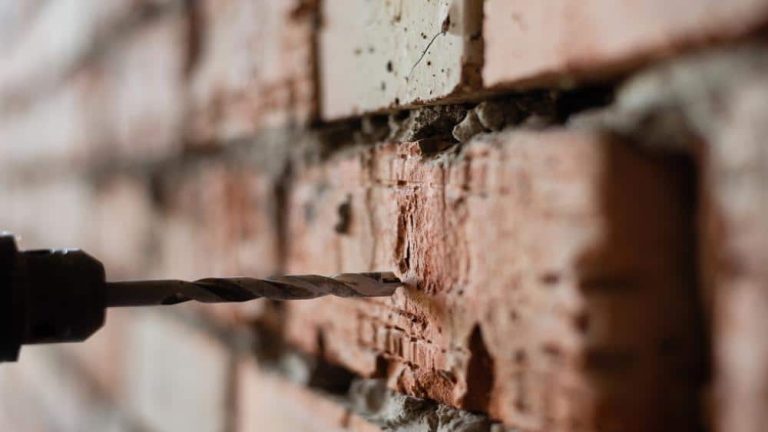Discover how to cut 1/2 PVC sheet with precision and ease. Whether for home renovations or craft projects, follow our step-by-step guide always to achieve professional results.
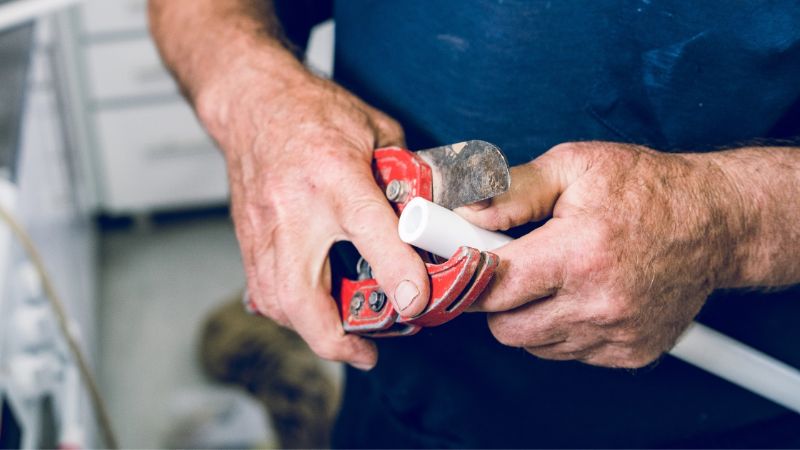
1. Introduction
I. A simple definition of PVC sheet
PVC, or polyvinyl chloride, is a plastic used extensively in the manufacture of pipes, floors, and other construction materials. PVC sheet is one such material that is often utilized in the creation of signs, displays, and other projects. You’ll need to know how to cut a 1/2 PVC sheet to create these projects.
II. What is the purpose of cutting a 1/2 PVC sheet?
Cutting PVC sheets might initially seem complicated, but it is simple with the right tools and skills! Before cutting, collect your tools, which should include a saw, measuring tape, and a straight edge. PVC sheets may be cut using various tools, including a handsaw, jigsaw, or power saw.
III. An overview of the tools and techniques used to cut PVC sheet
We’ll go through the various equipment and procedures for cutting 1/2 PVC sheets in this post so you can confidently get started on your next project. You will find everything you need to get started, whether a novice or a professional DIYer. So let’s get this party started!
2. Tools Required Cut 1/2 Pvc Sheet
When cutting PVC sheets, you will need many tools to do the task effectively. Among these tools are:
- Saw: A saw is the most helpful instrument for cutting PVC sheets. You can use a handsaw, jigsaw, or power saw to make the cuts. The saw will depend on the size and thickness of the cut PVC sheet and your personal preferences.
- Measuring tape: To make exact cuts, you must first measure the PVC sheet. A measuring tape can assist you in precisely measuring the length or breadth of the PVC sheet that has to be cut.
- Straight edge: A straight edge will assist you in making clean, straight cuts. You can use a metal ruler, a square, or a straight edge designed particularly for cutting PVC.
- Marker: The cutting line on the PVC sheet will be marked using a marker or pen.
I. Is it possible to substitute tools with simple home objects?
While these tools are suggested, you can replace several with everyday household objects. For example, you may use a metal ruler as a straight edge instead of a marker. Just be careful to choose a substitution that will provide correct results.
It is critical to have the proper equipment for cutting PVC sheets so that your cuts are clean, accurate, and safe. Make sure you have everything you need before cutting, whether using conventional equipment or home equivalents.
3. Preparation for Cutting 1/2 Pvc Sheet
I. The significance of preparation before cutting PVC sheet
When it comes to cutting PVC sheets, preparation is essential. Preparing correctly can guarantee that your cuts are precise, clean, and safe. The following are the actions to take to prepare the PVC sheet for cutting:
II. Safety precautions
When cutting PVC sheets, it is essential to take safety measures to avoid injuring or damaging yourself or others. Here are some precautions to take:
- Wear protective gear: Wear gloves and safety glasses to keep dirt and dust out of your hands and eyes.
- Handle sharp instruments with care: Sharp tools such as saws, knives, and scissors should be carefully used. Avoid directing the tools towards yourself or others, and keep your hands away from the tool’s cutting path.
- Avoid breathing dust: PVC sheet dust may be dangerous if breathed, so work in a well-ventilated location and, if required, use a dust mask.
- Keep the workspace clear: Keep the workplace clear: Remove any obstacles or tripping hazards from the area surrounding the PVC sheet. This will assist you in working safely and avoiding mishaps.
Following these safety precautions, you can ensure a safe and effective cutting experience. Always remember that safety comes first!
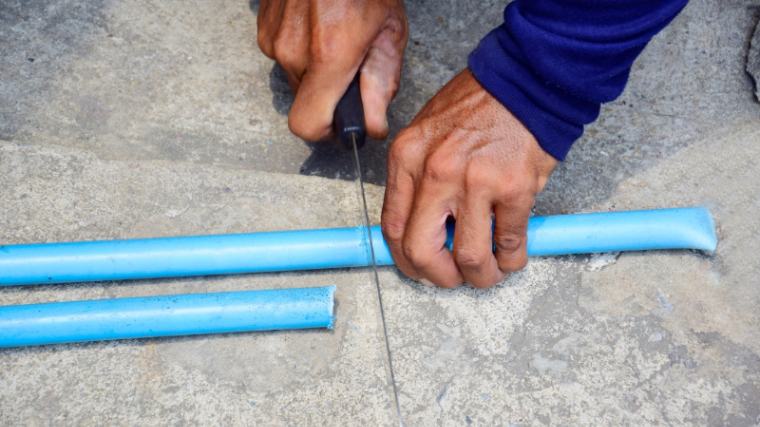
4. Cutting PVC Sheets Like a Pro: Expert Tips and Tricks
I. Steps for prepping the PVC sheet for cutting
- PVC sheet measurement: The first stage in preparing the PVC sheet is to measure it. Measure the length or breadth of the PVC sheet using a measuring tape. Make careful to measure correctly since this will decide the size of the cuts you’ll need to make.
- Mark the cutting line: Once the PVC sheet has been measured, use a marker or pen to mark the cutting line. Check that the line is straight and visible to follow when cutting.
- Secure the PVC sheet: It is critical to secure the PVC sheet before you begin cutting so that it does not move about while you are cutting. You can use clamps, or the PVC sheet can be placed on a flat, sturdy surface, such as a worktable.
- Put on safety equipment: Before cutting, ensure you have the proper safety equipment on. As we described earlier, gloves, eye protection, and a dust mask may be required.
II. Why is preparedness important?
You will set yourself up for success by following these procedures to prepare the PVC sheet. Proper planning will allow you to make precise, clean cuts while avoiding mishaps or damage to the PVC sheet. So, before chopping, take your time, be cautious, and ensure you’re ready.
5. Cutting Methods to Cut 1/2 Pvc Sheet
I. Explanation of several PVC sheet cutting methods
There are numerous cutting processes for PVC sheets, each having advantages and disadvantages. The following are the most prevalent techniques:
- Handsaw: A handsaw is a simple, affordable tool for cutting PVC sheets. This approach is best suited for little tasks or straight cuts. The biggest downside of utilizing a handsaw is that it takes time and is physically taxing.
- Jigsaw: A jigsaw is a powerful tool that can cut straight and curved lines in a PVC sheet. This method is quicker than a handsaw, but it needs some expertise to operate the saw and maintain precise cuts.
- Hacksaw: As long as the blade is sharp and you have a strong grip on the saw, a hacksaw is a useful tool for cutting PVC pipe. While cutting, it’s critical to maintain the saw level and provide constant equal pressure. Straight cuts can be made using a hacksaw, but a power saw may be quicker and more efficient. When using a hacksaw, always use gloves and safety eyewear.
- Power saw: To create accurate cuts in PVC sheets, use a power saw, such as a table or miter saw. This approach is quick and precise, but it also needs some expertise to operate the saw securely. Furthermore, power saws may be costly, making this technology more appropriate for bigger jobs.
- Score and snap: A utility knife is used to score the PVC sheet before snapping it along the scored line. This method is excellent for producing straight cuts. However, achieving a clean break may be challenging, particularly on thicker PVC sheets.
II. A comparison of the advantages and disadvantages of each method
The optimum cutting method for your project will be determined by various criteria, including the size and thickness of the PVC sheet, the sort of cuts required, and your degree of expertise. A handsaw or jigsaw may be the most convenient and cost-effective solution for modest work. A power saw may be the best option for bigger jobs or producing accurate cuts.
III. Based on the project, advice on which method to utilize
Whatever approach you select, it is important to observe safety requirements and utilize the proper equipment for the work. By considering your alternatives and selecting the appropriate cutting method, you can create clean, precise cuts in PVC sheets and successfully finish your project.
6. Following the Cutting
I. What to do once you’ve cut the PVC sheet
After you’ve completed cutting the PVC sheet, you should take a few procedures to verify that the cuts are clean and smooth and that you’re handling the PVC sheet carefully. Here are some pointers:
II. Tips for ensuring clean and smooth cuts
Please clean up the cuts: Once the PVC sheet has been cut, examine the cuts to ensure they are clean and smooth. Sand any rough edges or burrs with sandpaper if required.
- Handle the PVC sheet with care: Because the PVC sheet may be fragile, you must handle it with care to avoid fractures or breakage. Hold the PVC sheet at both ends and prevent placing too much pressure on the cuts.
- Keep the PVC sheet securely stored: If you have any leftover PVC sheet, keep it in a safe location, such as a dry, covered area. It would help if you did not store PVC sheets in direct sunlight or a moist environment since they will distort or become brittle.
- Properly dispose of scraps: When you’re through your job, properly dispose of any PVC sheet remnants. Because PVC sheets are not biodegradable and may take hundreds of years to degrade in a landfill, recycling them or finding another disposal solution is critical.
7. Frequently asked questions (FAQs)
I. What is the best saw for cutting PVC sheets?
For cutting PVC sheets, a jigsaw, circular saw, or table saw are all viable options. The best saw for your project will depend on the thickness and kind of PVC sheet used, as well as the size and form of the cuts required.
II. How do I make straight cuts on PVC sheet?
You may use a straight edge as a guide and a saw or blade to create straight cuts on the PVC sheet. Another alternative is to use a power saw with a laser guide to ensure straight cuts.
III. Can I cut PVC sheet with a handsaw?
Yes, you can cut PVC sheets using a handsaw, although it may be more difficult to make exact cuts this way. A power saw, such as a jigsaw or circular saw, is advised for simpler and more precise cuts.
IV. How do I clean up the cut edges of PVC sheet?
Smooth out the cut edges of the PVC sheet using sandpaper or a file. A smoother surface will result from sanding with higher-grit sandpaper.
V. Can PVC sheet be drilled?
Yes, you can drill PVC sheets; however, you must use the correct drill bit and drilling procedures to prevent cracking or shattering of the material.
VI. How thick can PVC sheet be cut?
The thickness of the PVC sheet you can cut will be determined by the instruments you use. Some power saws can cut through thicker PVC sheets, while others may struggle. Choosing the appropriate tools for your project is essential, ensuring they are up to the job.
By answering these frequently asked questions, you may better understand cutting PVC sheets and the equipment and procedures involved.

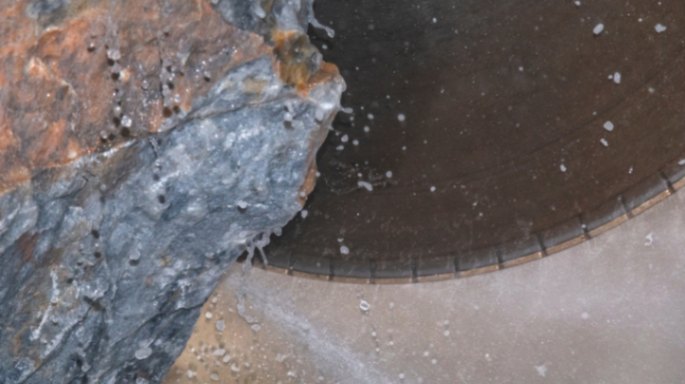
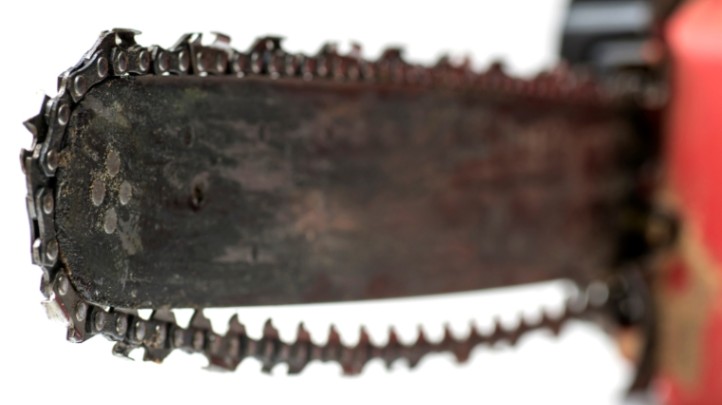
![How to Use a Cordless Drill: Pro Tips and Tricks[Updated]](https://drill-guy.com/wp-content/uploads/2023/09/How-to-Use-a-Cordless-Drill-768x432.jpeg)

